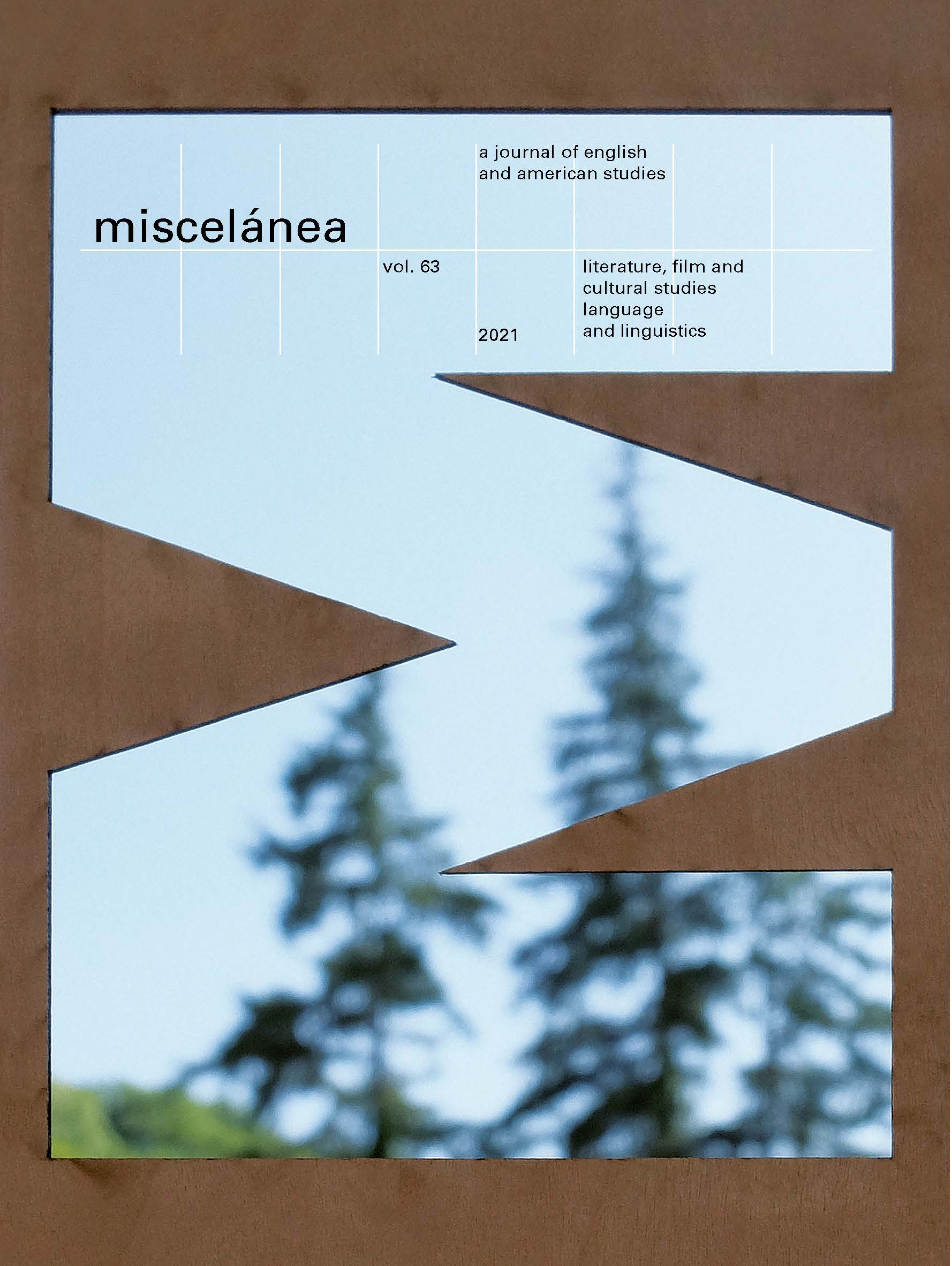¿Cómo perciben los profesores plurilingües en formación el reto AICLE? Un estudio de caso
DOI:
https://doi.org/10.26754/ojs_misc/mj.20215866Resumen
La Comunitat Valenciana es una comunidad autónoma española con una amplia tradición en educación bilingüe. A pesar de ello, y a diferencia de la mayoría de las otras comunidades, la atención prestada al modelo educativo lingüístico desde la investigación ha sido escaso. Por ello, la presente investigación pretende analizar el sistema educativo plurilingüe valenciano vigente desde la perspectiva de los maestros en formación.
Con este fin, se ha llevado a cabo un estudio con tres grupos focales. Se ha realizado un análisis de la narrativa de los participantes teniendo en cuenta cuatro dimensiones principales, a saber, los programas plurilingües, la formación de los maestros, la metodología y los recursos y materiales. En el análisis se ha identificado la idea principal que subyace a cada dimensión y luego se ha sintetizado la información en diagramas de flujo que, en líneas generales, representan la información transmitida por los grupos.
Los resultados obtenidos evidencian una falta de formación inicial y continua del maestro en cuestiones relativas a la educación plurilingüe, realidad que se traduce en una baja competencia lingüística y lagunas metodológicas, así como en una falta de materiales didácticos apropiados. Por lo tanto, es necesario revisitar aspectos importantes de los programas plurilingües y realizar ciertos cambios que puedan contribuir a la mejora y consolidación de estos.
Descargas
Publicado
Número
Sección
Licencia
Derechos de autor 2021 Miscelánea: A Journal of English and American Studies

Esta obra está bajo una licencia internacional Creative Commons Atribución-NoComercial 4.0.


